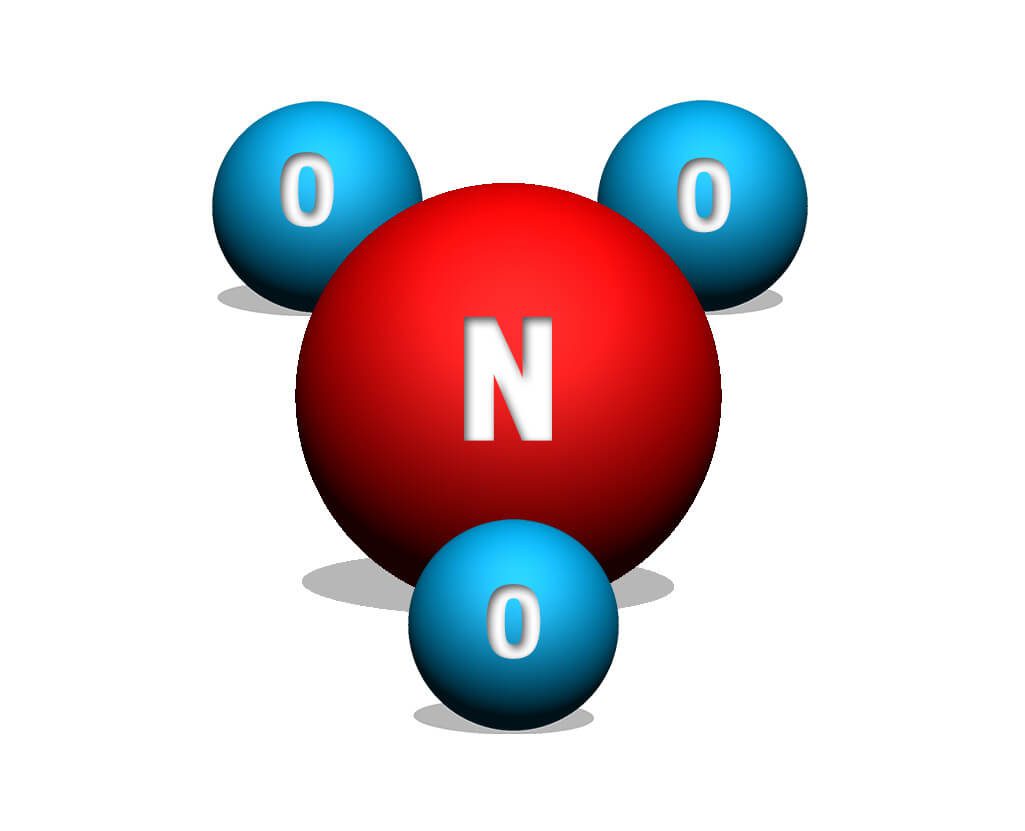

Drag reducing agent
In oil pipelines, the predominant part of the pressure drop is due to friction in the pipes. Friction in pipelines leads to reduced flow rate as well as increased pumping and energy costs. This friction can be significantly reduced by injecting long chain polymers (flow improvement). Pipeline flow improvers or drag reducing agents have been used in the oil industry for over 35 years. The first application of friction reducers in the oil industry was to reduce the bottom cavity pressure drop while pumping fluids into the hole. One of the first large-scale pipeline applications was the increase in crude oil throughput in the Trans-Alaska pipeline in 1979. Due to the reduced viscosity, post-reducers are useful in saving the energy required for pumping. By reducing the frictional pressure drop, drag reducing agent (DRAs) can increase the throughput to more than 90% of the mechanical capacity of the pipeline.
Drag reducers are used in pipeline systems for the following goals:
- Improve operational capacity
- Reduce pumping and energy costs
- Scheduled maintenance
- Increase pipeline stability
- Facilitate the transfer of heavy crude oil
- Reduce operational pressure
www.mitreh.com
Product Information:
It is white slurry, polymer-based with an alcohol-like odor that dissolves completely in crude oil to reduce friction in oil pipelines, which reduces flow rate and increases pumping and energy costs.
In order to use this chemical in the pipelines, a point of the pipe body is marked and by drilling the pipe (hot top) and installing a valve on it through a hose, drag reducing agent material is injected into the pipe with a certain pressure. And due to the speed of dissolution of materials in liquids, evacuation is faster.
Drag reducing agent chemicals have no effect on oil and gas fluids due to their special compounds.
This material is injected into the pipe immediately after the main pipeline pump, and the injection pump must have a higher pressure than the pipeline pressure. If drag reducing agent passes through the main pump, usually due to high tension in the pump, the chains of DRA molecule are broken and lose their effects, so it is recommended to inject this substance after pumping.
Drag reducing agent function
Using only a few parts per million of friction-reducing agents helps reduce turbulence inside the pipe. By affecting the rheological properties of the fluid, these materials reduce the friction of fluids flowing in the tubular substrates. By using drag reducing agents, the amount of friction can be reduced by up to 60%, so the injection speed will be increased by using these materials. Friction in pipelines leads to reduced flow rates as well as increased pumping and energy costs. Adding a variety of embedded polymers to reduce friction in pipelines during the pumping operation of crude oil or other chemicals and derivatives will make pumping operations easier.
Of course, degradation of polymers also occurs during flow. Due to the high pressure and temperature on the polymers, they are easier to decompose. For this reason, the drag reducer is re-injected after points such as pumps and screws, where pressure and temperature can be very high. To protect against high-temperature degradation, different tensile reducing agents are sometimes used, such as polymers and surfactants. High molecular weight molecules are resistant to shear degradation, dissolve rapidly in any tube, and have low degradation in heat, light, chemicals, and biological regions.
Other factors include pipe diameter, internal roughness, and pressure that contribute to friction. The smaller the diameter of the pipe, the greater the friction. The rougher the inner surface of the tube, the more the tension or friction measured by the Reynolds number. Increasing the pressure increases the flow and decreases the drag, but is limited by the maximum degree of pressure in the pipe.
As shown in the figure, after the addition of DRA, the flow lines in the turbulent area become parallel, which makes it easier to transfer current.
Figure (1): How DRA affects the lines of a turbulent flow before and after injection



